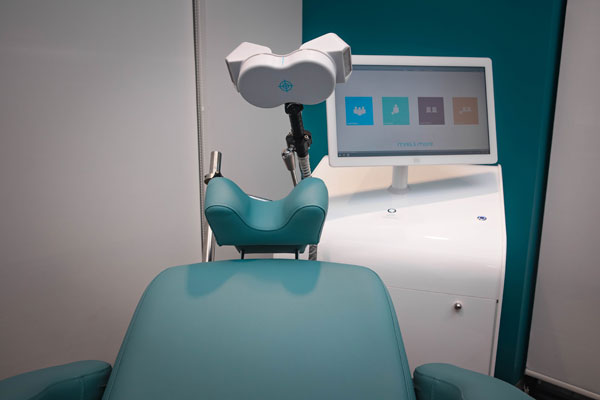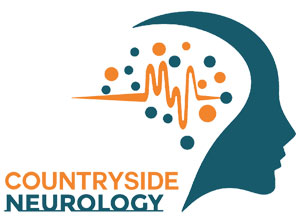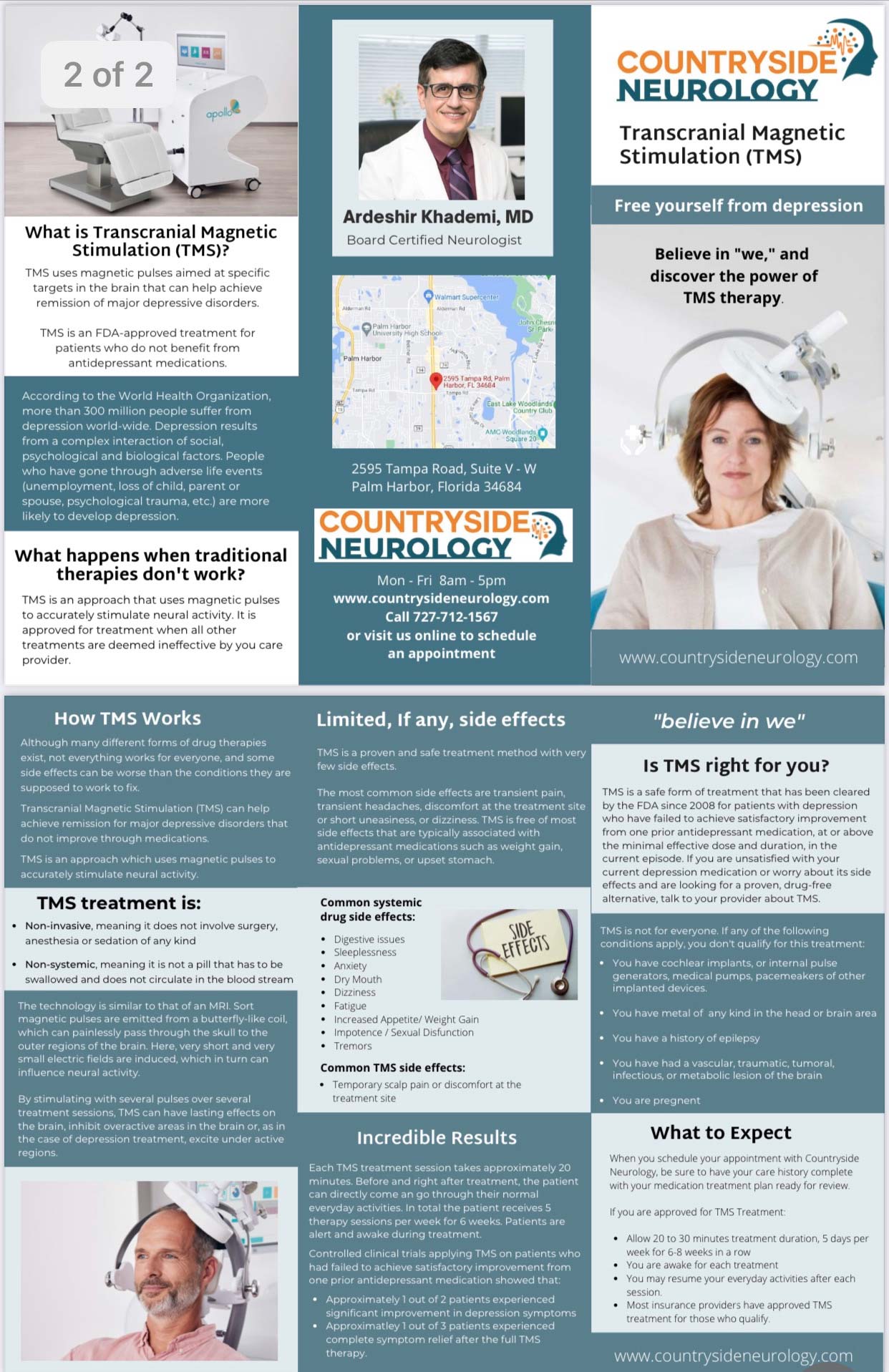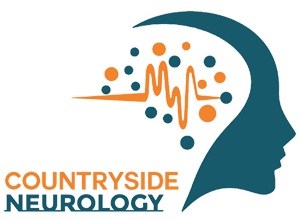Transcranial Magnetic Stimulation (TMS)
Transcranial magnetic stimulation (TMS) is a noninvasive procedure that uses magnetic fields to stimulate nerve cells in the brain to improve symptoms of depression. TMS is typically used when other depression treatments haven’t been effective.
This treatment for depression involves delivering repetitive magnetic pulses, so it’s called repetitive TMS or rTMS.
How It Works
During an rTMS session, an electromagnetic coil is placed against your scalp near your forehead. The electromagnet painlessly delivers a magnetic pulse that stimulates nerve cells in the region of your brain involved in mood control and depression. It’s thought to activate regions of the brain that have decreased activity in depression.
Though the biology of why rTMS works isn’t completely understood, the stimulation appears to impact how the brain is working, which in turn seems to ease depression symptoms and improve mood.
There are different ways to perform the procedure, and techniques may change as experts learn more about the most effective ways to perform treatments.

Why it’s done
Depression is a treatable condition, but for some people, standard treatments aren’t effective. Repetitive TMS is typically used when standard treatments such as medications and talk therapy (psychotherapy) don’t work.
Risks
Repetitive TMS is a noninvasive form of brain stimulation used for depression. Unlike vagus nerve stimulation or deep brain stimulation, rTMS does not require surgery or implantation of electrodes. And, unlike electroconvulsive therapy (ECT), rTMS doesn’t cause seizures or require sedation with anesthesia.
Generally, rTMS is considered safe and well-tolerated. However, it can cause some side effects.


